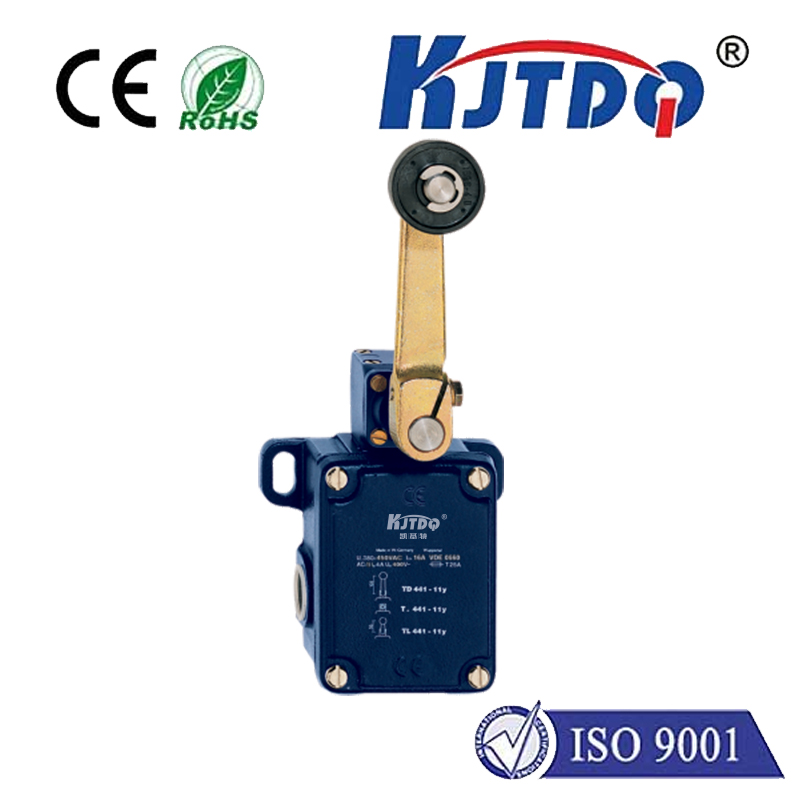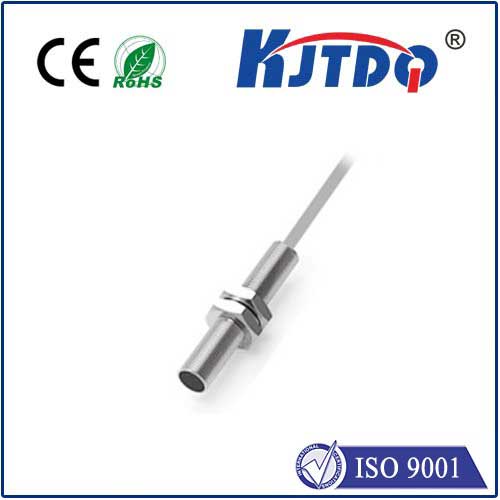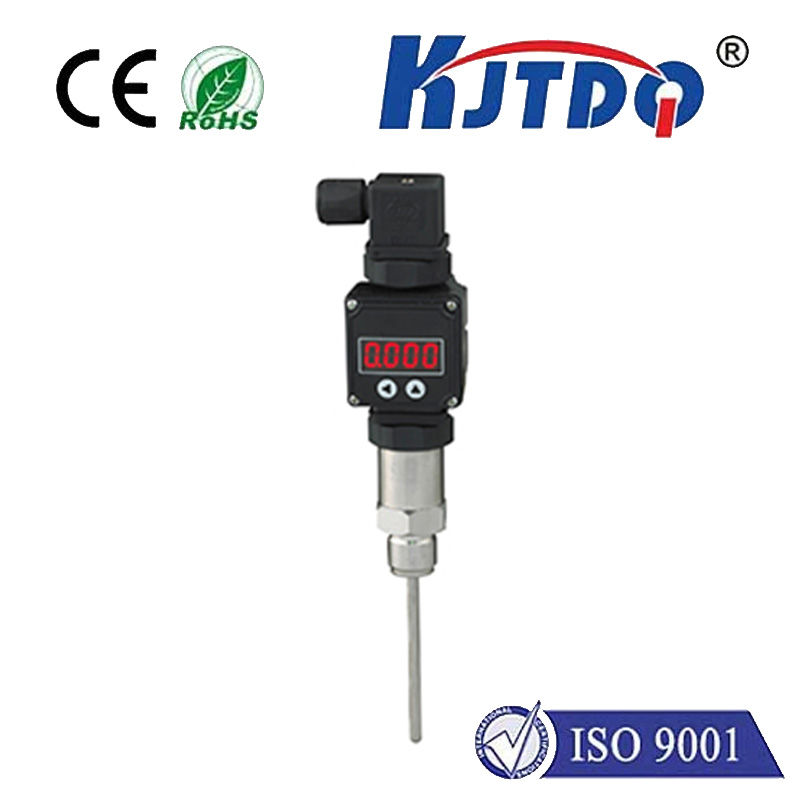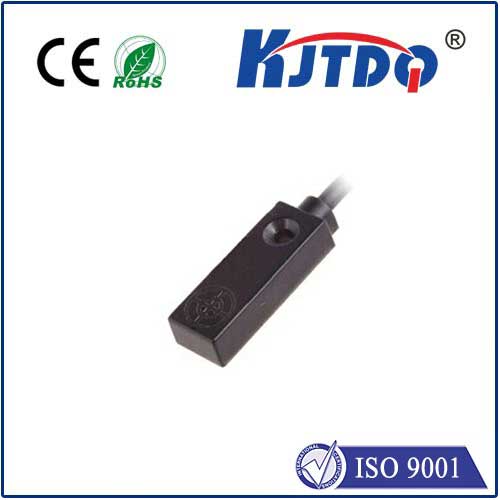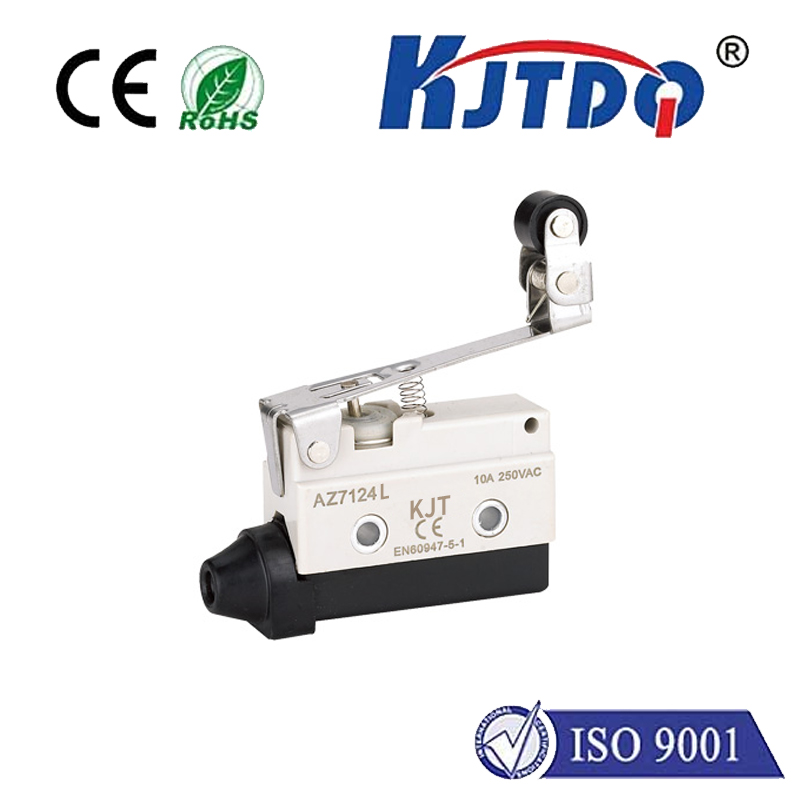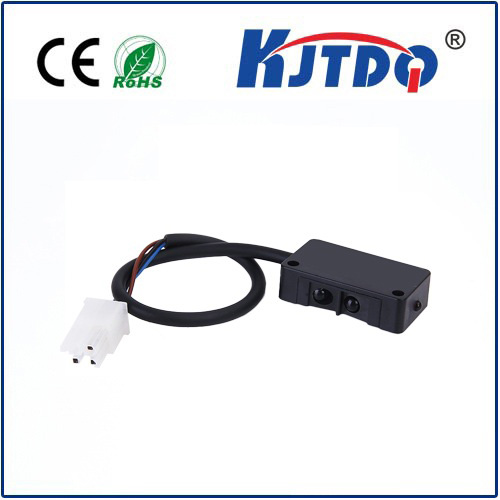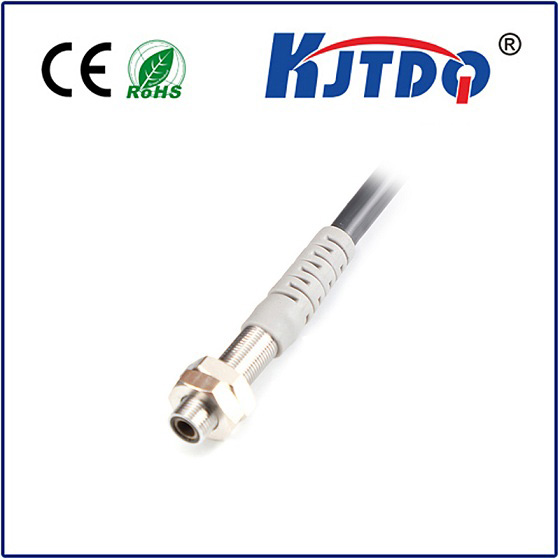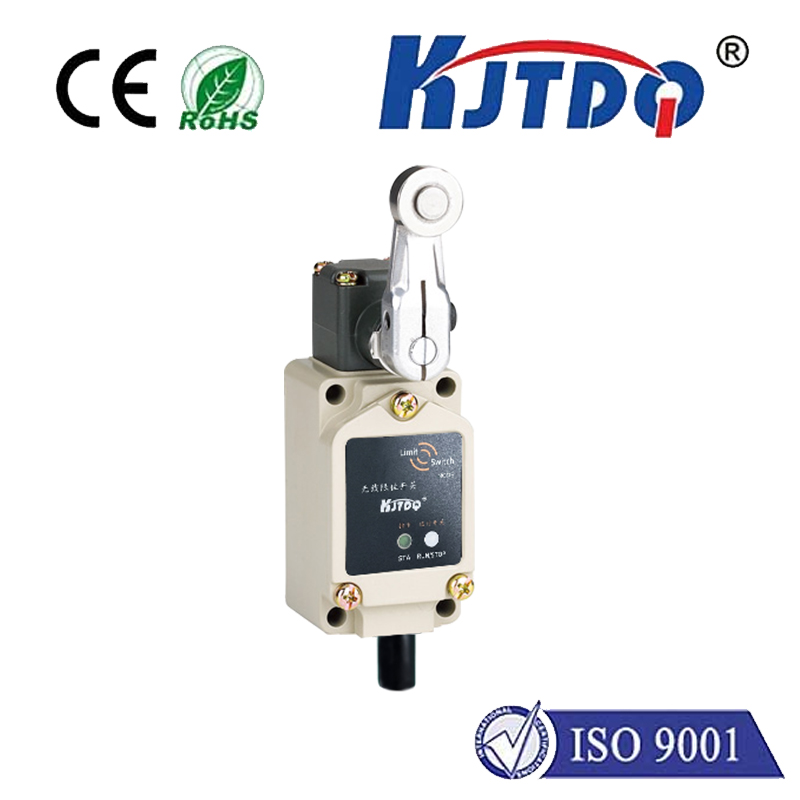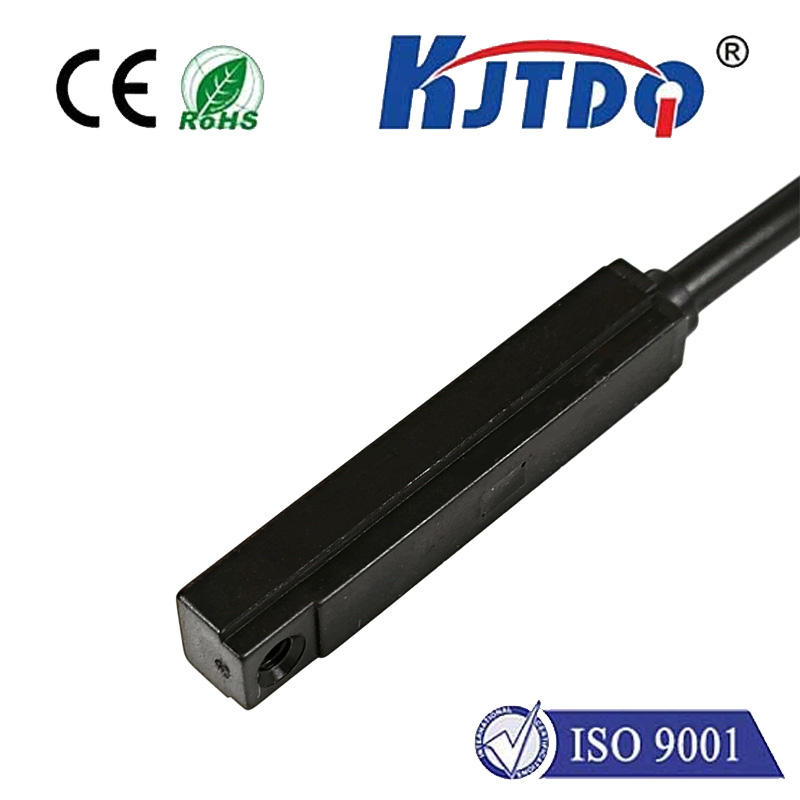
check

check

check

check
In recent years, advances in automotive technology have led to the development of innovative features that enhance safety, comfort, and efficiency. One such feature is the 508d proximity sensor, a small but crucial component that plays a vital role in detecting objects nearby the car's sensors and triggering appropriate responses. This article aims to provide an in-depth overview of 508d proximity sensors, including their structure, function, and various applications in modern cars.
The Importance of 508d Proximity Sensors
Proximity sensors are commonly used in automotive systems to detect the presence of objects in the path of the car. They work by emitting a magnetic field or radio frequency signal that reflects off nearby objects, providing information about the distance and direction of the object. The 508d proximity sensor is a type of ultrasonic sensor that uses sound waves to measure distances between its emitter and receiver elements.
Structure and Function of 508d Proximity Sensors
The 508d proximity sensor typically consists of three main components: an emitter, a receiver, and a microcontroller. The emitter emits a sound wave that travels through the air towards the object. When the sound wave encounters an object, it bounces back and hits the receiver element, which then sends a signal to the microcontroller.
The microcontroller processes this signal and calculates the distance between the emitter and receiver elements based on the time it takes for the sound wave to travel to and back from the object. The calculated distance can be used to trigger different actions in response to the proximity of objects, such as adjusting the car's speed or braking system.
Applications of 508d Proximity Sensors
508d proximity sensors have numerous applications in modern cars, ranging from basic safety features like automatic emergency braking to advanced systems like lane departure warning and blind spot monitoring. Some of the key benefits of using proximity sensors in cars include:
1. Improved Safety: Proximity sensors help prevent accidents by alerting drivers to potential dangers when they approach objects too quickly or change lanes without caution.
2. Enhanced Efficiency: By optimizing acceleration, braking, and other driving behaviors based on real-time sensor data, proximity sensors can reduce fuel consumption and improve overall vehicle performance.
3. Better Navigation: Proximity sensors can help drivers avoid collisions with pedestrians, bicyclists, and other vehicles by providing accurate obstacle detection information in real-time.
Conclusion
In conclusion, the 508d proximity sensor is a critical component of modern automotive systems that enhances safety, efficiency, and navigation. By detecting objects nearby and triggering appropriate responses based on distance and direction, proximity sensors play a crucial role in maintaining safe and comfortable driving conditions for both drivers and passengers. As advancements in sensor technology continue to evolve, we can expect even more sophisticated and efficient proximity sensors to enter the market in the future.

